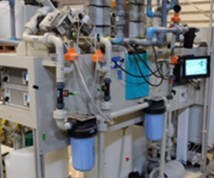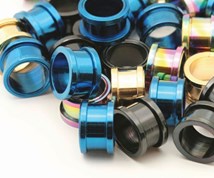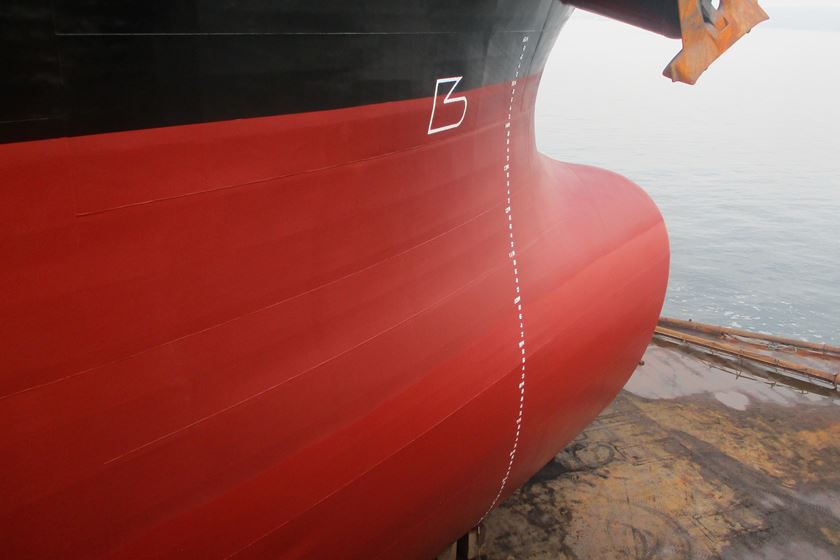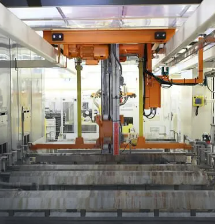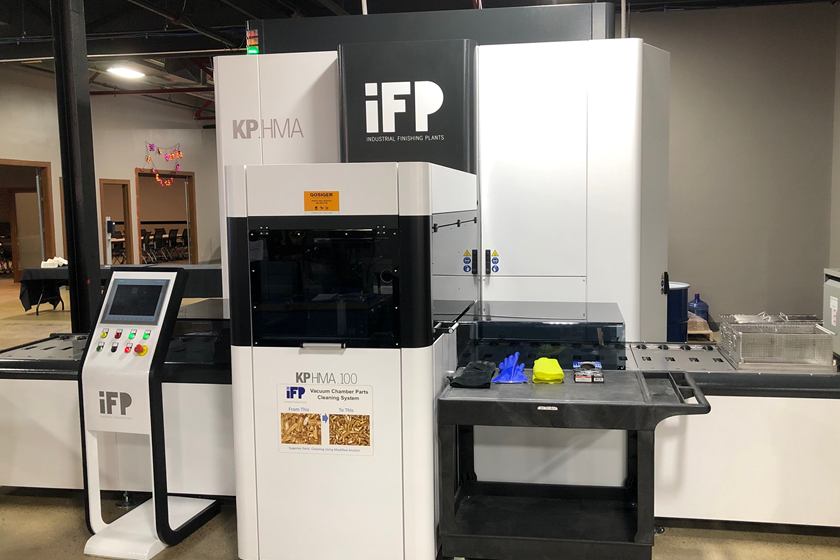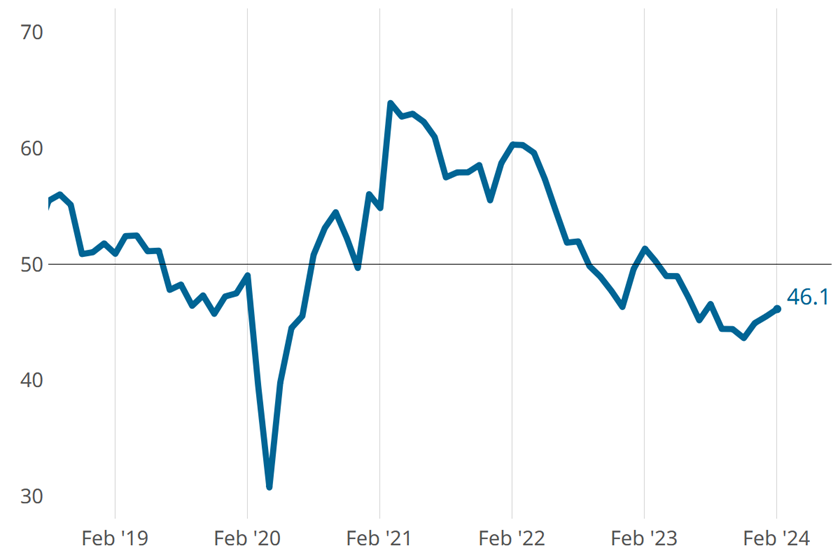How to Compete with Other Coaters
Follow up dialogue to "Best Possible Pretreament"...
#basics
Q. Thanks for the quick reply, Rodger. I’m not a big fan of zinc-rich primers because you have to be very careful when flashing them not to cure it to the point that the top coat won’t adhere to it. We are a job shop with a batch oven, and our process is to sandblast with garnet, powder coat to help fill sandblast profile, warm it up, bring it out and hit faraday cage areas while it’s warm, let cool, coat and cure completely. We have had very good results, but we struggle when competing with folks who chemically pretreat. The finish, when powder coated our way, is excellent, but better than most folks need on production parts, so we get beat on price by the high-volume automated guys. Maybe there’s nothing we can do in that regard.
I noticed a picture in a popular magazine that illustrates what I am competing against and exemplifies the crux of my frustration. The powder coating work on the part photographed is sub-standard at best. There is chemical residue, flash rust and even a big ol’ paw print. Are you kidding me? It would seem that this is the accepted practice. Are we no better than that? I know you’re an expert in our field. I’ve read your column(s) for years and have a great deal of respect for your knowledge of pretreatment and powder coating. It seems like a high percentage of the questions and problems asked of you are in regards to pretreatment with chemicals. I would think blasting would eliminate a ton of headaches in that regard and simply make for a better coating (not to mention it eliminates laser dross/rust issues, can soften sharp edges a bit and with fewer EPA issues).
Featured Content
I admit, I am not familiar with the zinc phosphate process, and I will research it. I don’t know of any of my competitors that use it. We are a very small shop squeezed in here between the high-volume coaters and the guys doing it in their garage for fun (free). It’s a tough gig!
A. I understand your frustration. It is hard to compete with some volume shops and even more frustrating if they do not provide the same quality. If you do not like the zinc primer you can use a good epoxy primer and get nearly as good results. But I would work on that timing and get good at it because a layer of zinc rich primer adds enormous corrosion resistance. Not everybody wants that degree of performance or is willing to pay for it, but it sure is tough to beat.
As for zinc phosphate, it is tough for a batch shop and not at all common. It requires too much equipment and costs too much for small job shops. Zinc phosphate is gradually being replaced by zirconium oxide and similar transition metal treatments. These products offer good corrosion protection over a number of substrate materials without the cost and challenges associated with zinc.
The picture you mentioned is a wand wash and not done well at all. Iron phosphate does not help with long-term performance. No pretreatment method, chemical or mechanical, is going to work well unless it is performed well. Bad chemical treatment can fail. A bad blast surface (dusty or greasy) can fail. You speak to the heart of performance; the surface must be prepared right to protect the integrity of the coating. It is important to understand the impact of the different options and to execute them correctly. There is no one-size-fits-all pretreatment.
To see the previous question, click here.
Originally published in the August 2015 issue.
RELATED CONTENT
-
Proper Testing of a Powder Coat Finish
Manufacturer shows how it performs extensive tests on powder coated medical carts.
-
Improving Transfer Efficiencies in Coating Operations
There are many methods for addressing electrostatic grounding in metal painting processes, and Tim Ulshafer from Mueller Electric says the best method for your process is a simple and worthwhile exercise.
-
Touch-up Options for Powder Coated Parts
Is it true that powder coating cannot be touched up? Powder coating expert Rodger Talbert offers options for powder coating touch-ups.




